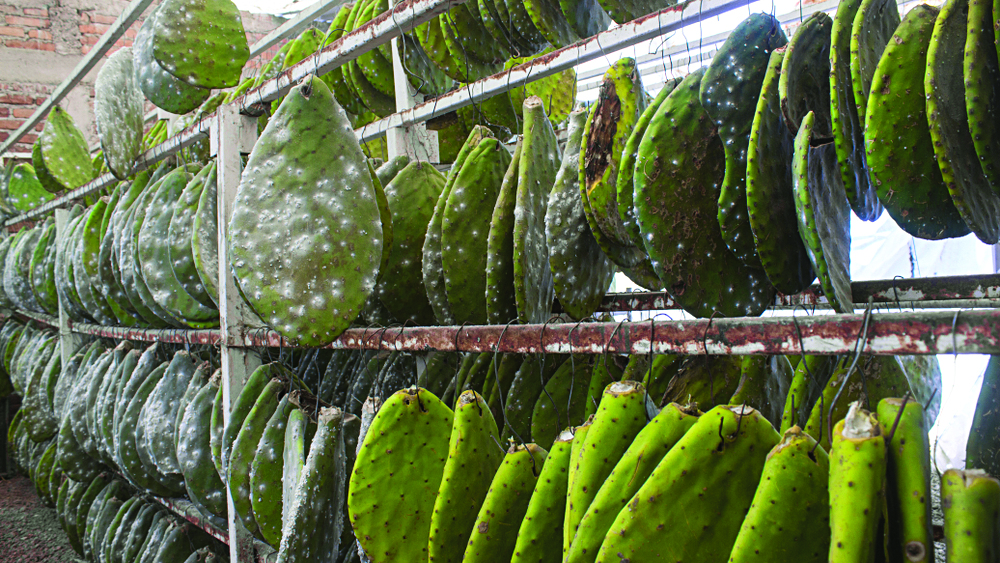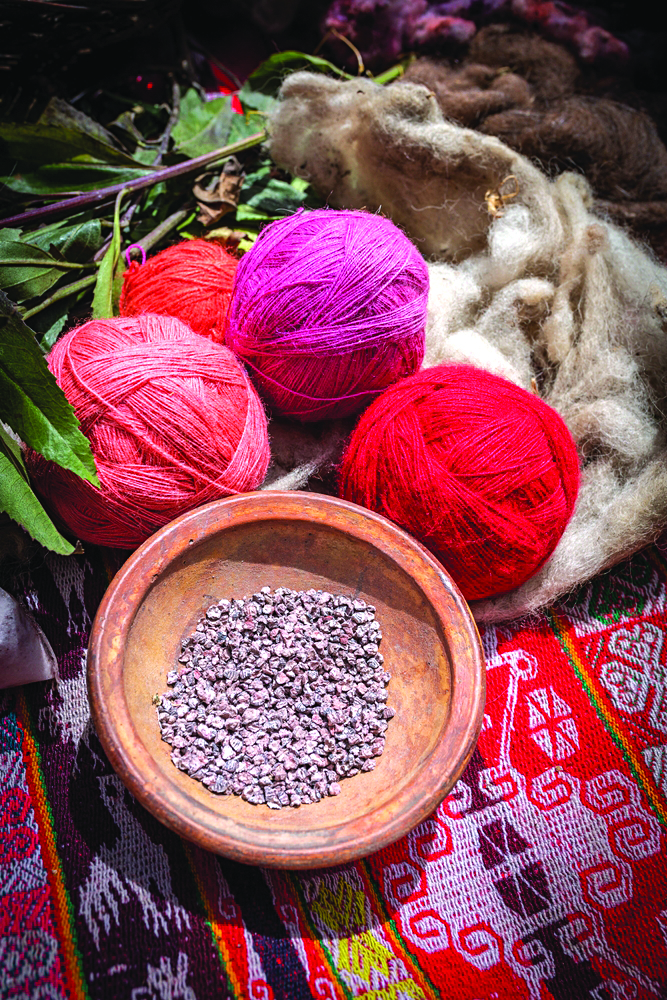What if I told you that the last strawberry yogurt or red velvet cake that you ate was most likely colored using… Beetles?
In a YouTube video by Insider uploaded on January 2023, the brilliant red dye comes from the carminic acid found in the gut of the Cochineal (Dactylopius coccus). The Cochineal is a kind of Scale Insect found in tropical areas of North America.
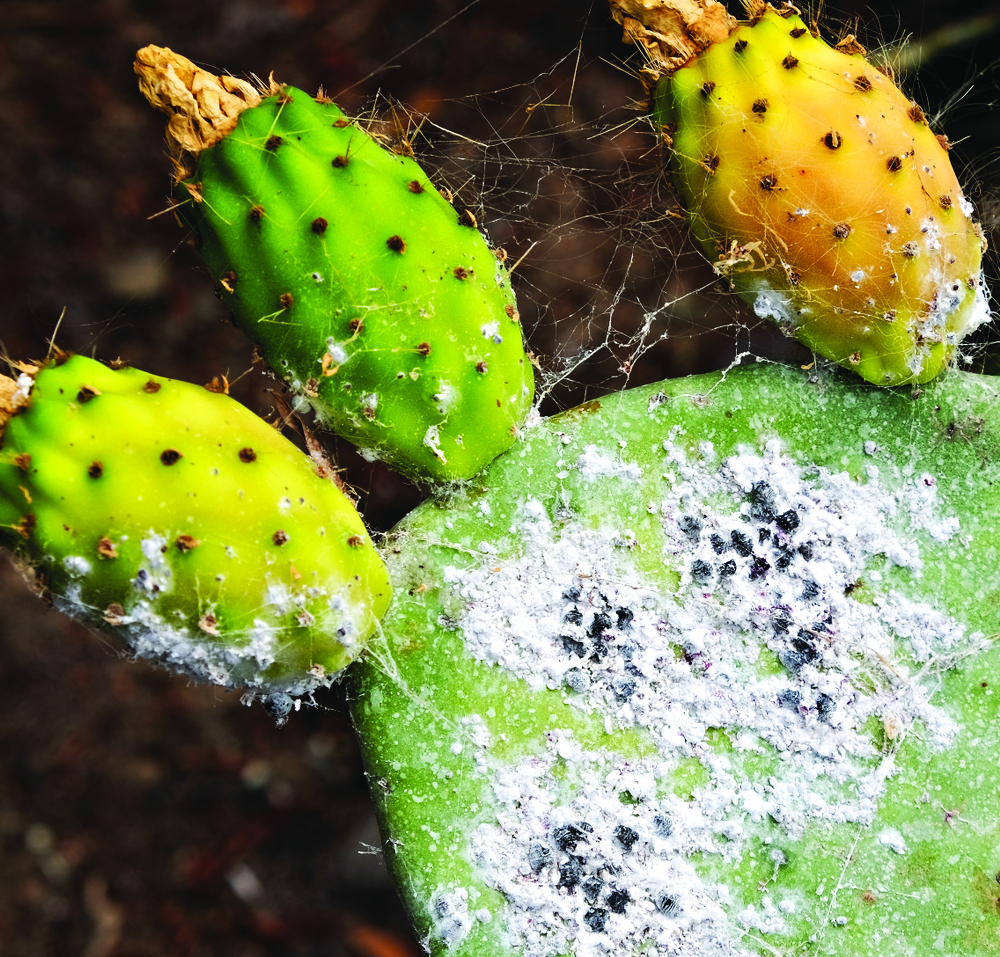
WHITE IN THE HEAT
According to a 2022 Smithsonian Magazine article by Brittney Miller, most Cochineal Bugs are grown in Peru, but Mexico, Chile, Argentina, and the Canary Islands also grow them.
Since they’re picky eaters, they’re fed prickly pear cactuses which are grown just for them by farmers. They grow up on the cactus, spending their time attached and sucking the plant’s juice using a straw-like mouth.
To protect themselves from the sun, the Cochineal produces a kind of wax that coats their body, turning them white.

A BRIGHT RED DEFENSE
According to a 1980 study by Thomas Eisner published in the journal Science, Cochineal Insects produce carminic acid to prevent Ants from eating them. However, the larvae of a carnivorous Moth called the Scale-feeding Snout (Laetilia coccidivora) is known to eat Cochineals and save up the carminic acid in a special stomach. When the Larvae are threatened, they squirt out the red liquid. That’s pretty smart for a tiny Moth!
Once the Cochineals are big enough, farmers would brush them off the cactus, pat off the waxy bits, and dry them in the sun. By now, the Insects are a deep dark purple, showing the brilliant red that they’re bred for.
Carminic acid makes up about 20% of the Cochineal’s dry weight, and it can take up to 70,000 bugs to create a pound of dye. They’ll be ground up and processed to remove the leftover Insect parts.

FEMALES CAN’T FLY AWAY
Only the female Cochineal Insects have carminic acid in their gut and they’re the only ones harvested by farmers.
The males are smaller, have wings, and eventually fly away to look for mates.
THE FUTURE OF COCHINEALS
Aside from the entire process of growing these amazing Scale Insects being extremely labor-intensive, getting red coloring by turning an animal into ground bits does have an ick factor.
In the past few years, researchers have been working on synthesizing carminic acid using microbes. Sadly, it may still be years before this can be produced at a scale large enough to replace Cochineal Beetles.

Would you still eat a red velvet cake if you found out it got its deep red color from pulverized bugs?
HOW CAN I TELL IF COCHINEALS ARE IN MY FOOD?
You can check if it includes carminic acid from Cochineals by taking a peek at the ingredients list for the following: carmine, crimson lake, natural red 4, or E120.
During the mid-1800s, Cochineals in many products were replaced by synthetic dyes, but it made a comeback after a 2012 study by Sarah Kobylewski published in the International Journal of Occupational and Environmental Health showed that some synthetic dyes, like Red 3 and Red 40, are likely causes of cancer. Certain synthetic red dyes have since been banned from food products, and Cochineal carminic acid has been making a comeback.
However, in the last several years, different groups of people concerned with the use of animals have voiced their concerns about eating these Insects.

PLANT-BASED ALTERNATIVES
If you prefer a plant-based option for red coloring, there are dyes that are made from vegetables.
ANTHOCYANINS
Anthocyanins are derived from vegetables like red cabbage and purple corn.
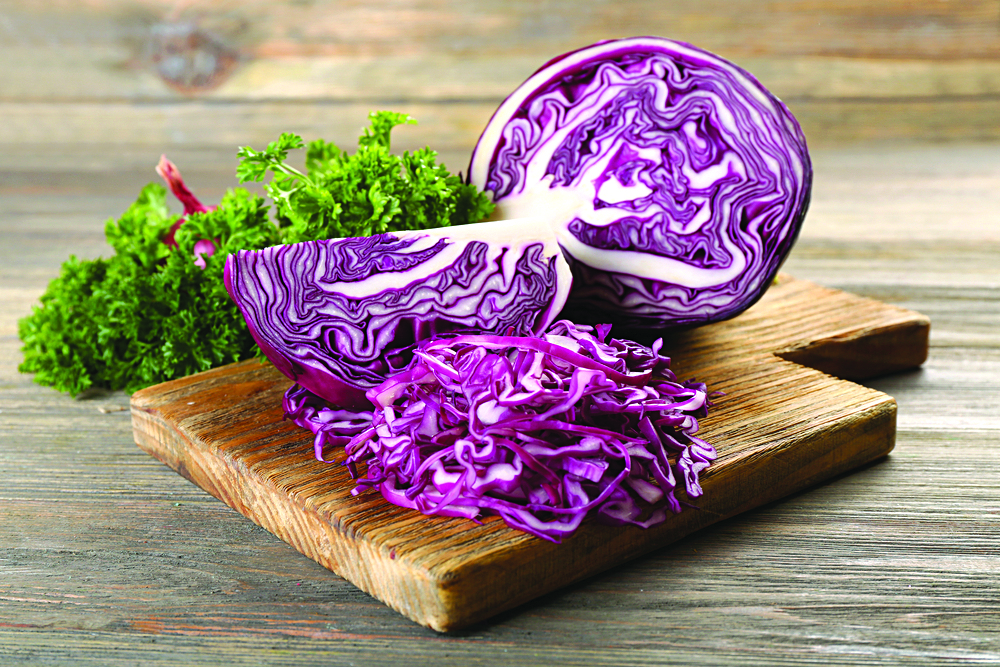
BETALAINS
Betalains come from produce like purple dragon fruit and red beet.
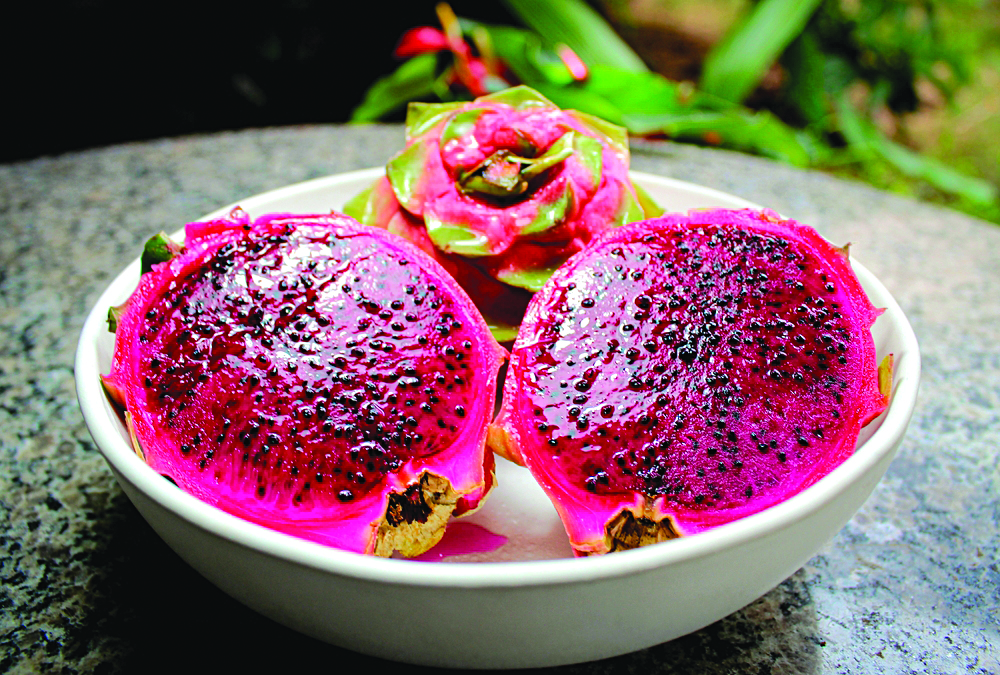
CAPSANTHIN
This comes from paprika.

COCHINEALS AND CULTURE
Growing Cochineal is a dying cultural practice in countries like Mexico. These brilliant Bugs are tied deeply with the traditions of farmers, with practices often being passed down from generation to generation.
